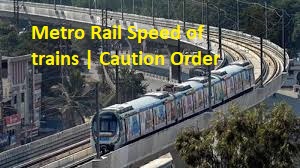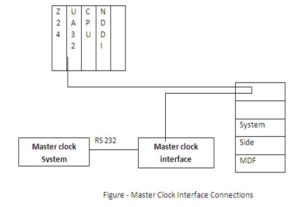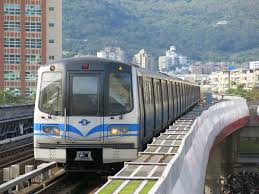Metro Rail Locomotives work trains maintenance vehicle
Locomotives, work trains, and maintenance vehicles –(1) Locomotives work trains, and self–propelled maintenance vehicles equipped with Automatic Train Protection equipment shall be worked as per rules of operation for passenger trains.
(2) The operator of a self-propelled maintenance vehicle that is permitted to operate on running lines shall hold a certificate of competency as a Train Operator or to be accompanied by a person holding a certificate of competency and in the latter case, the person holding the certificate of competency is responsible for the observance of these rules in respect of the operation of the vehicle.
(3) Before departing from the depot, or from a work site where the Train has been uncoupled, the Train Operator of the leading locomotive shall-
(a) ensure that the Train is fully coupled;
(b) carry out a continuity test of the pneumatic brake; and
(c) verify that all handbrakes have been released.
(4) Subject to sub-rule (2), the Train Operator of a locomotive, work train, or self-propelled maintenance vehicles, shall possess at all times, when on duty–
(a) a tri-color torch capable of showing a red, green, and white aspects; and
(b) any special notices relating to the working of work trains.
(5) Any unpowered vehicles, stationed on a siding or on the running line, shall be secured by the application of sufficient number of handbrakes unless coupled to a locomotive.
(6) Any such vehicle or group of vehicles shall have a lamp attached to an outermost vehicle displaying a red aspect in the direction of approaching trains and on a running line such lamps shall be placed at both the ends of the vehicle or group of vehicles.
(7) Any self-propelled maintenance vehicle which is not fitted with Automatic Train Protection equipment shall be taken on running line only if––
(a) during the revenue service period, it is coupled to a locomotive or other vehicle which is so equipped and driven at such speeds as specified in Special Instructions; or
(b) during the revenue service period, it is working within the limits of Engineer’s Possession; or
(c) during non-revenue service period, it is running on the line of sight method at a speed not exceeding twenty-five kilometers per hour or in accordance with special instructions.
(8) Shunting of vehicles to make or break work train consists shall only take place as per special instructions.
(9) The maximum speed of vehicles, not equipped with Automatic Train Protection control, shall be limited in accordance with Approved Special Instructions.
(10) Fly shunting of any vehicle is expressly prohibited at any time.


